Looking at audio amplifiers from an RF designer's perspective, the author
argues that THD figures are irrelevant, irrational, and completely spurious.
By Anthony New (Reprinted with permission from Electronics World)
A recent article in Britain's Electronics World by Ian Hickman showed how to measure total harmonic distortion, or THD, down to levels below 0.001%. This achievement is worthy of applause for its technical challenges, yet I cannot help marveling at the enormous waste of effort that has been made over the years on such an irrelevant, irrational, and completely spurious figure as THD.
Irrelevant ? Irrational ? How so ? And how can a figure used so frequently in audio design be spurious ? The latter is a very good question, and one which I have not been able to answer.
I think I can explain why the standard definition of THD is completely meaning less as an indication of what it purports to measure and how it is utterly irrelevant to the uses to which it is generally put. How ever, I have no idea why the many engineers with far greater experience of amplifier design than myself should continue to use the term at all, let alone attach so much importance to it. Yet they do.
So what are my objections to it ? The problems fall into several categories.
TOTAL HARMONIC DISTORTION
First, the concept of "total" harmonic distortion is spurious because it sums a great many separate components which are not equal in kind or effect. Anyone who has experimented with waveform generation will appreciate that, for example, 1% second- or third-harmonic distortion on a reasonably pure tone has a quite different sound from 1% seventh or ninth harmonic, and is much less audible (Fig. 1). In fact 1% of second- or third-harmonic distortion is not only not unpleasant but is some times positively preferred by those who like "valve sound," whereas early transistor amplifiers producing a great deal less than 1% of higher-order harmonics sound pretty awful on any challenging music.
-------------
ABOUT THE AUTHOR
Anthony New is an electronics engineer at Wireless Systems International, currently working on high-linearity RF amplifiers for mobile base-stations.
------------------
Second, of course, many of these harmonics will be outside the range of human hearing anyway. It is common practice to include distortion figures at frequencies as high as 5 or 10kHz, but of what possible significance are they? As a young man I could (just) hear loud tones as high as 20kHz, and found the common TV line-oscillator whistle at 15.625 kHz acutely painful. But I very much doubt whether anyone can hear the third or fifth harmonic of a 10kHz tone-even a loud one-and certainly not one of amplitude below 1% of its fundamental.
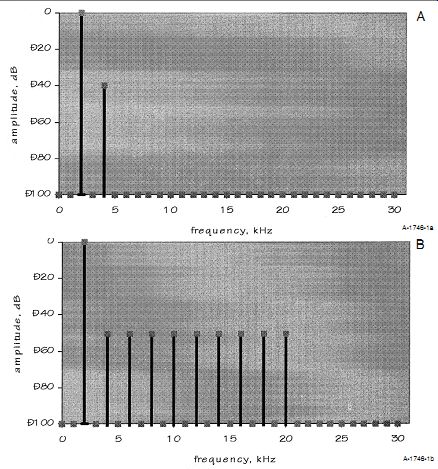
FIGURE 1: Subjective audibility of THD: which sounds worse-1% of purely
second harmonic distortion as in (a) or 0.5% of mixed harmonics as in
(b) ? Probably the latter, though its THD specification is better. All
the spectra that follow have a logarithmic Y-axis (amplitude) and a linear
X-axis (frequency) even where this isn't shown.
I contend, therefore, that the practice of adding all distorting harmonics together to give a sum total, without any weighting factors, is quite arbitrary and not indicative of the audibility of any harmonic distortion produced by an amplifier.
Since the audibility of a given THD figure depends heavily on its actual make up, the figure is also pretty useless even as a purely theoretical comparison of two or more amplifiers, since no acoustic model of audibility is included.
THD AND THE EAR
However, there are yet worse flaws in the THD concept which make the previous problems almost academic. These concern the very nature of harmonic distortion itself.
In my view one of the central problems with traditional audio amplifier design is the insistence on considering the device as a piece of electronic equipment devoid of any psychoacoustic considerations.
The extreme of this was the concept of "a straight piece of wire with gain," which is fortunately unattainable, as its gain and bandwidth would make it seriously less than optimal and possibly quite unusable in a real system.
This is not to say I fall into the "subjectivist" camp in audio criticism-far from it. I have listened attentively to the de-bates those of this persuasion have had with such luminaries as Douglas Self and have been mightily impressed with Self's clear--and seminal--analysis of amplifier distortions.
The problem I have with these debates is that neither side seems particularly interested in what the other is saying. On the one hand, we are told "all the distortions have been correctly analyzed"; on the other "a difference can be heard." It seems to me that if these opposing views are to be reconciled, the answer must lie at least partly in psychoacoustics, that is-as far as I am concerned here-the study of how we perceive sounds.
I don't claim to have any professional qualifications in this field, but one thing stands out about the current discussion of distortion in audio systems; namely, the lack of any auditory model. It is as if in de signing seats and seat belts for cars, no body was prepared to test a human body- or even a dummy model of one.
I can certainly understand how an engineer is tempted to subtract the input signal to an amplifier from a linear proportion of its output and declare-by definition-any difference to be distortion. The problem I have with this view is that traditional THD testing methods look at only one small part of this difference, and as far as I can see, harmonic distortion isn't perceived by the ear as distortion at all.
What is the effect to a listener of adding a few percent harmonic distortion to the waveform of a musical instrument or group of instruments? It is to brighten the timbre of the instrument.
Since most of the "distortion" products will already be present in the undistorted signal, a similar effect may be obtained by adjusting the tone controls. Those of you who have spent much time siting micro phones in the recording industry will be aware how critical their exact placement is to recording balance--and I don't simply mean relative loudness.
You will also be aware of the dramatic change in both subjective sound and objective frequency response obtained by alterations in these positions. Even small movements can have effects far more noticeable than minute levels of THD in the recording or playback medium.
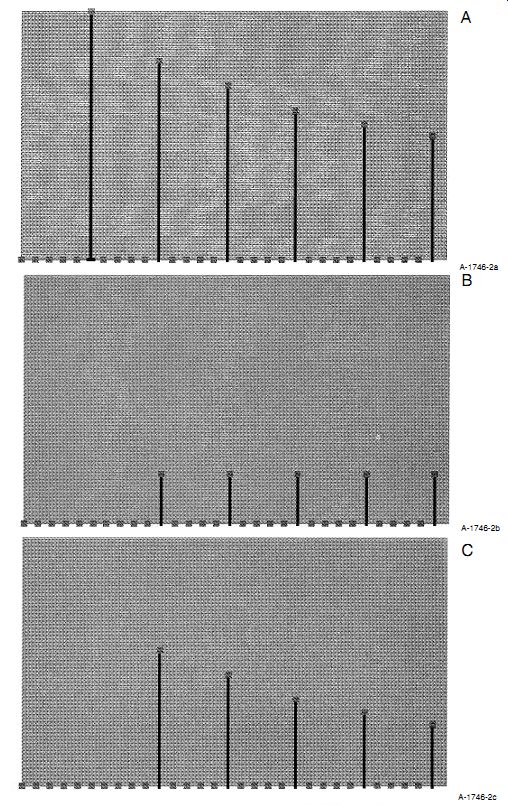
FIGURE 2: Auditory masking of harmonic distortion: (a) typical spectrum
of real signal with many harmonics; (b) nominal distortion products at
0.01% each; (c) error products due to frequency-response nonlinearity
on original signal; note that these are on the same frequency as the
distortion signals and at much higher level, masking the actual distortion.
GOLDEN EARS
It seems quite possible to me that when those with "Golden Ears" say they can hear a difference with such-and-such change in the equipment they may be right.
When I was younger and my ears were sharper, I listened to many excellent loud speakers. Very few sounded as good as a live performance. I heard only one-namely, the Quad electrostatic-that could actually fool me into thinking the performer was present in the room. The illusion was so strong that I was convinced the per former was hiding behind a curtain until I looked.
Even now in any hi-fi demonstration, the difference in sound between different loudspeakers in the same room-even those produced by the same company-is so marked as to make a nonsense of the claim that many of them can really be "low distortion" in the "blameless" sense that Self used for amplifiers. It also makes a nonsense of the idea that state-of-the art amplifier distortion could be significant compared with it.
The point is that "being able to sense a difference" is not equivalent to "sensing distortion" in any meaningful sense. Nor is it an indication even that one of the items being compared is necessarily better or worse than another.
Any real musical instrument-including electronic ones such as keyboards-pro duce sounds which, when converted into analog electrical signals, contain possibly many discrete tones. Usually they also contain many harmonics of the tones, the relative amplitudes of which strongly in fluence the "sound." The relative levels of these harmonics-both perceived and measured-vary with many factors, including auditorium response and the distance be tween source and listener. Further factors occur due to the room where the sounds are replayed. Even the shape of the ear it self has an enormous effect, and the presence of hair or hat! Consequently, even for a particular note played there is no absolutely "right" or "wrong" quantity of any of these harmonics. A slight alteration of the levels of these does not correspond to an unpleasant "distortion" of the sound but to a slight change in perceived distance, position, or playing by the instrumentalist.
Furthermore, such slight changes in these levels may be correctable-or at least adjustable, in part-by variation of the user's tone controls. In addition, the recording engineer may already have done this to a considerably greater extent prior to or after mixing the output of several microphones.
FREQUENCY RESPONSE
I also contend that most of the apparent subjective differences that still exist be tween different audio amplifiers are not due to distortion at all but to slight differences in frequency response. This point should receive far more attention during design than it generally does.
Any deviations from a flat response are likely to have a greater impact on the level of high-frequency harmonics present in the amplifier output than the tiny harmonic distortion products. If noticeable and uncorrectable with tone controls, these can also contribute to listener fatigue.
The human ear/brain combination is also very good at correlating impressions over time, so even slight bumps in the frequency response can become noticeable and even irritating eventually. Since these real-world variations in the levels of a signal's harmonics dwarf any likely distortion products in a correctly operating amplifier of moderately good quality, it seems perverse in the extreme to use any measure of these tiny "distortions" as a useful figure of merit.
I also note that conventional methods of measuring amplifier performance don't re ally satisfy the traditional definition of distortion-output relative to input. Distortion tests use only a single frequency source and cannot monitor either nonharmonic distortions or frequency-response errors.
Also, the frequency-response tests are ...
------------------
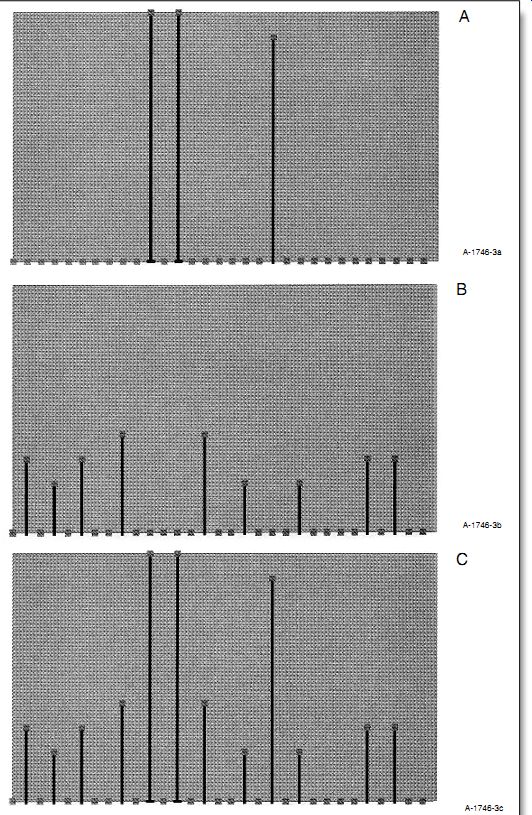
FIGURE 3: Intermodulation distortion showing the lack of auditory masking:
(a) pure multi-tone signal at input to amplifier; (b) third-order IMD
products produced by amplifier; (c) amplifier output signal. IMD products
are at different frequencies from either input tones or harmonics, and
therefore not masked.
------------------------
... done differently and are far less sensitive.
For example, when did you last see an amplifier's frequency-response flatness specified to 0.01% Plus or minus 1dB is more usual, which is 12%, and even 0.5dB is still 6%. Of what possible significance is the 0.001% harmonic distortion of an amplifier when its frequency response con tributes an error in harmonic content of several percent ?
Since the harmonic distortion products will also lie on existing signal frequencies, they will be effectively masked from audibility (Figs. 2 and 3).
--------------
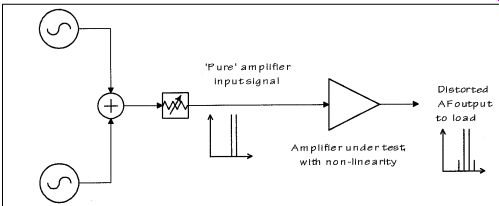
FIGURE 4: Producing multi-tone test signals with standard sinewave signal
generators.
Harmonic output of the generators is not critical. The passive combiner and attenuator should not affect the measurement linearity-their IP3 can be measured in principle by increasing the generator output level beyond what the amplifier requires, allowing the effective generator IMD to be calculated at the lower levels for the amplifier test.

FIGURE 5: Possible distortion measurement circuit. The attenuator, phase
shifter, and time delay are first adjusted on a network analyzer to cancel
the input signal as well as possible across the whole audio range. This
reduces the dynamic range of the distortion signal for spectrum analysis.
The residual input tones also reveal the gain flatness of the amplifier
over frequency, which contributes to the amplifier's output errors. The
input tones may be swept across the frequency range with a constant difference
frequency.
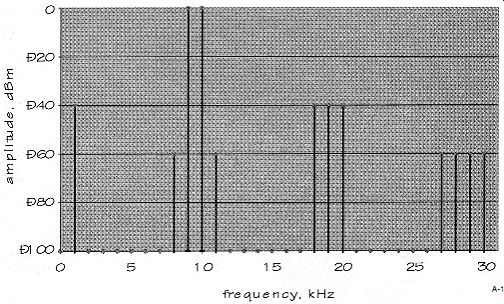
FIGURE 6: Frequency spectrum of two-tone signal showing expected second-
and third order products due to intermodulation distortion. The lowest
frequency component is the "beat" frequency between the tones;
the two small components next to the two main tones are the "in-band" third-order
components; and the rest are a mixture of harmonic and higher-frequency
nonharmonic products. In an audio amplifier all these-and more-may be
audible for some pairs of tones, though they might be out of-band in
a typical RF amplifier.
---------------
INTERMODULATION DISTORTION
Does this mean that I join the subjectivists in eschewing measurement completely? Not at all. It just means I favor using a sensible measure of distortion in stead of a senseless one. Fortunately, one is conveniently to hand.
Outside of the parochial and fashion conscious world of audio, most amplifier designers have long since given up measuring or even talking about harmonic distortion and use instead intermodulation distortion, or IMD, for short. Measuring IMD has three particular virtues over THD. One is that, unlike THD, IMD is al ways a measure of distortion in-band. No weighting is needed for audibility at different frequencies.
The second is that it really does de grade performance of a system. It does so regardless of whether it is measured objectively by such quantities as BER (bit error rate), SVE (signal-vector error), or spectral spread or regrowth, or subjectively by intelligibility of communication.
A third advantage is that unlike the case of harmonic distortion, intermodulation distortion is quite easily measured by standard laboratory equipment (Figs. 4 and 5).
At a stroke the problem introduced earlier of distortion of 10kHz tones is solved. If two tones at, say, 9kHz and 10kHz are sup plied to a good but not perfect amplifier, it is not the harmonic distortion that is audible but the intermodulation distortion.
The nonlinearity in the amplifier produces new tones, not present in the original, such as, in this case, 1kHz, 8kHz, and 11kHz (Fig. 6). Although the audibility of IMD depends on the type of music, in general it is much more audible than any harmonic effects precisely because the distortion produced is not harmonically related to the signals of interest.
Intermodulation distortion typically makes music sound muzzy and indistinct.
The worse case of this is usually heard on old car loudspeakers, where the cone is broken or the voice coil rubs on the pole pieces, but it can be heard in very much more expensive and well-cared-for equipment. This is the reason a blameless amplifier must be linear-the harmonic distortion measured is a complete red herring.
Next month the author takes a closer look at IMD measurement as a viable assess ment of audio amplifiers.
-Eds.
Also see: